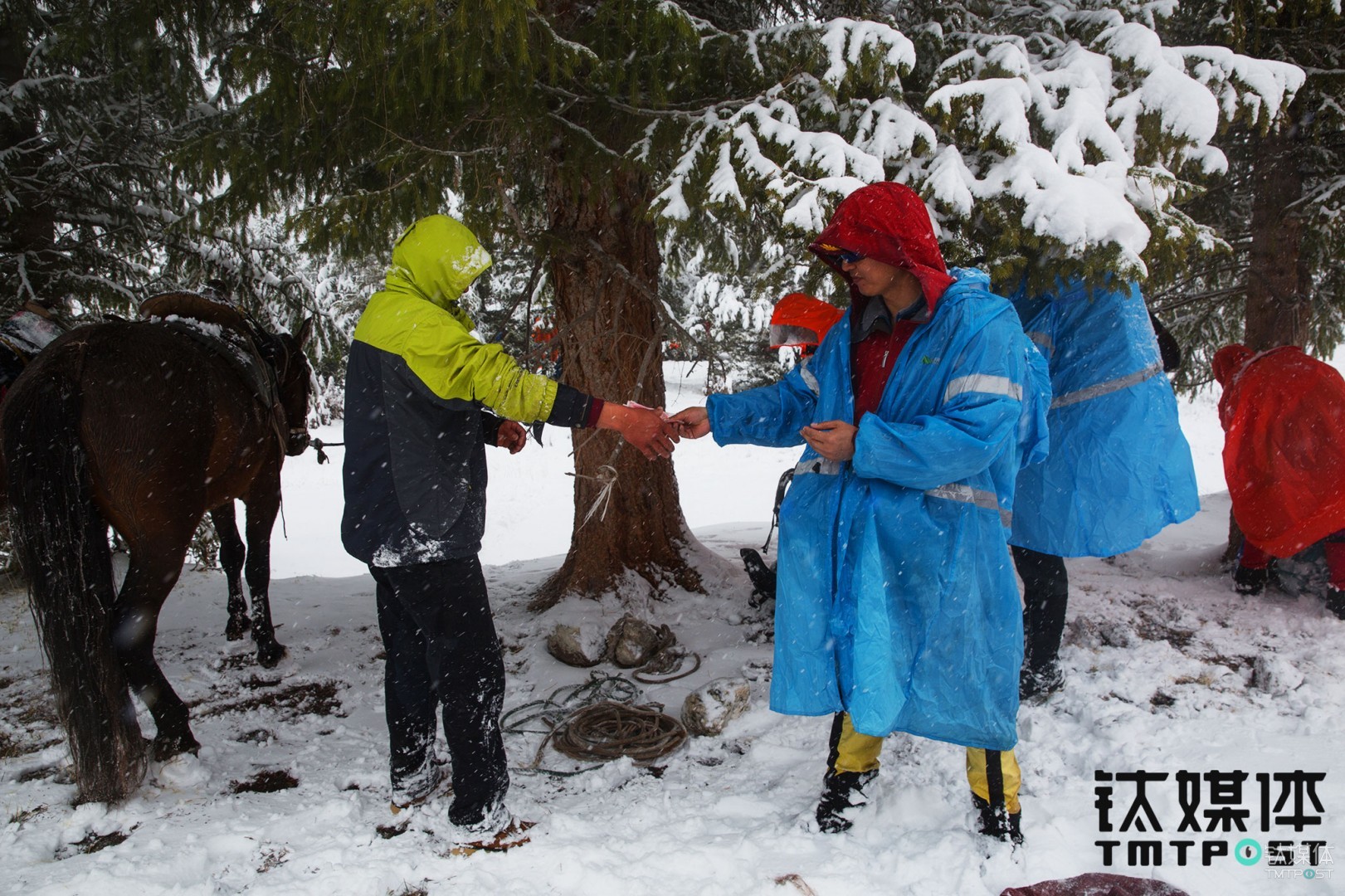Photo Gallery 054: The Role Of Individual Trek Team Leaders
2017-05-15 编辑:
(Chinese Version)
Editor’s Note:
Why do we climb mountains? “Because the mountains are out there,” British explorer Mallory said. His answer has been always inspiring to lots of outdoor enthusiasts who carry backpacks and conquer mountains one after another.
Participation rate of outdoor sports in Europe and the United States is relatively high. Take the United States for an example, half of the United States population participated in outdoor sports at least once a year. However, China only has 130 million outdoor sports enthusiasts, though this figure is rapidly rising in recent years. Based on General Sports Administration’s estimation, the market scale of the Chinese outdoor sports market could reach 400 billion yuan by 2020.
Team leaders are essential in outdoor sports. A good team leader can keep the mountaineers away from danger and have fun at the same time, while an incompetent one may leave mountaineers in life-threatening situations. In TMTPost Photo Gallery 054, we followed an outdoor trekking team to understand the role of a competent team leader in a potential market worth of 100 billion yuan.
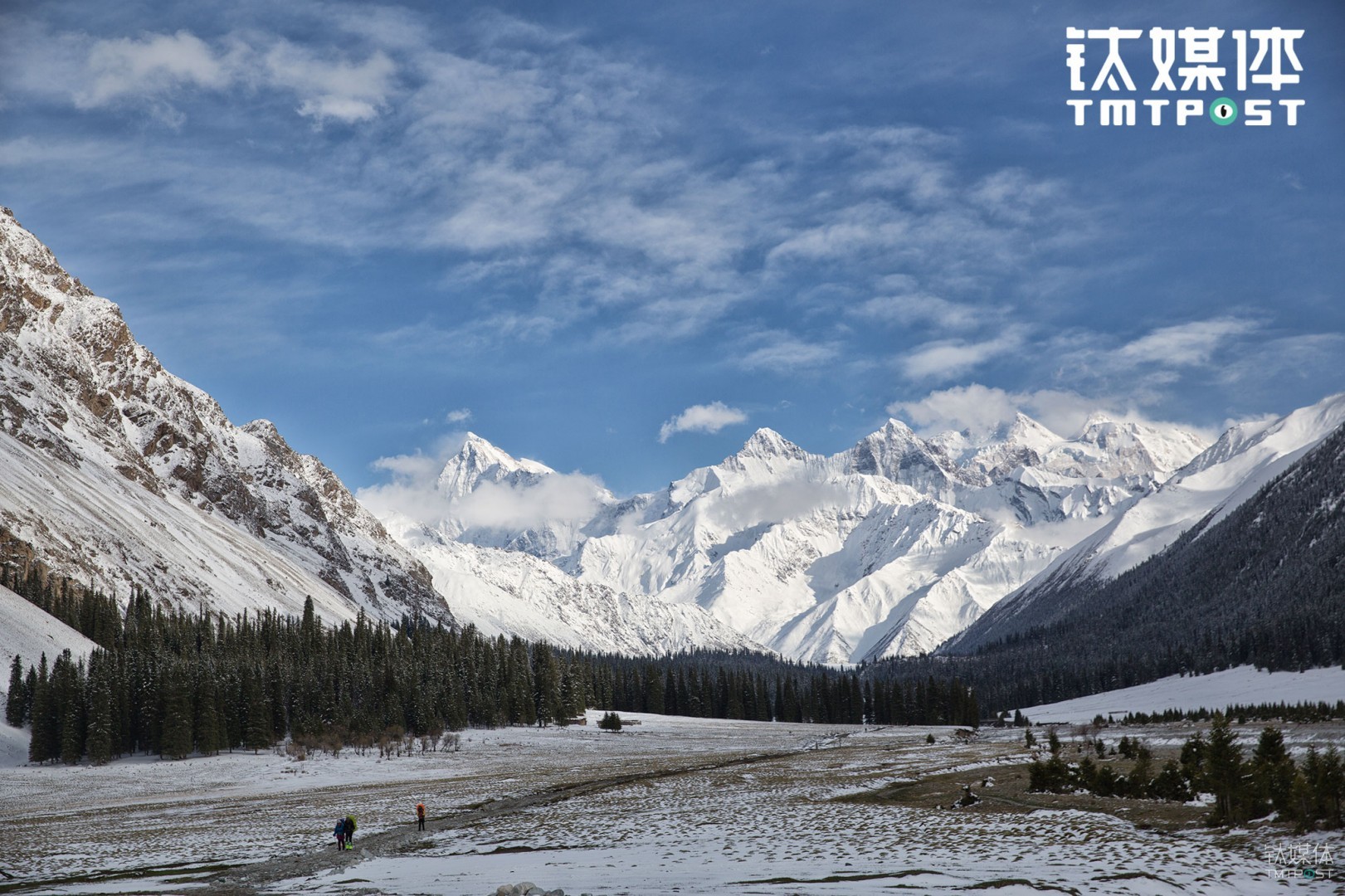
On May 2nd, 2017, three hikers were trekking on the Ancient Xinjiang Xiate Route. The mountain behind them is the towering Heavenly Moutain (Tianshan).
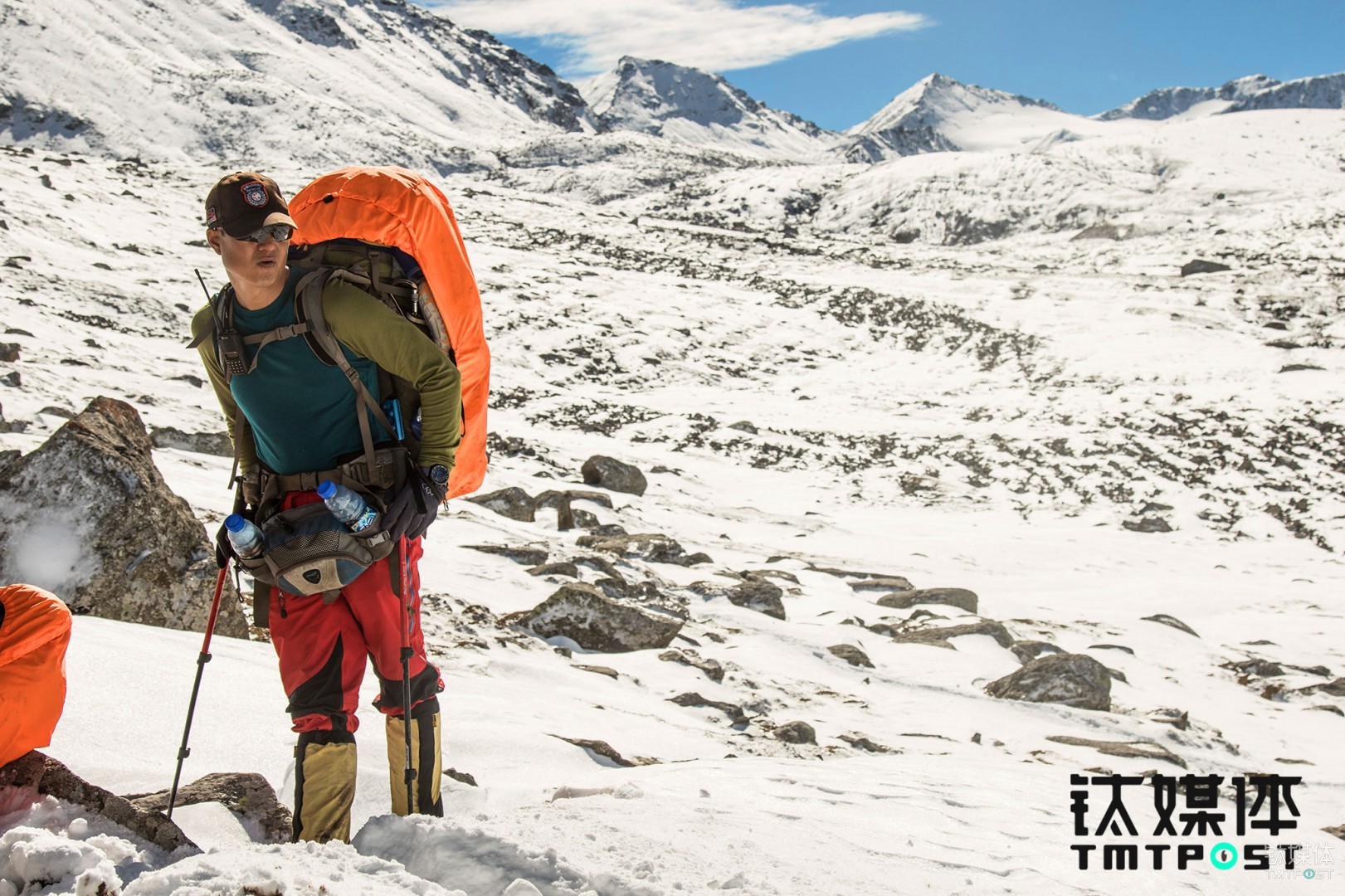
On October 3rd, 2016, the Xinjiang team, “The Smiling, Proud Wanderer”, a name chosen by the team leader from a popular Chinese martial art novel, was at the Ancient Wusun Route. SPW’s outdoor experience began in 2008, his team leader experience started from 2012 onwards. At the beginning of 2017, he left the professional club and started his own outdoor club.
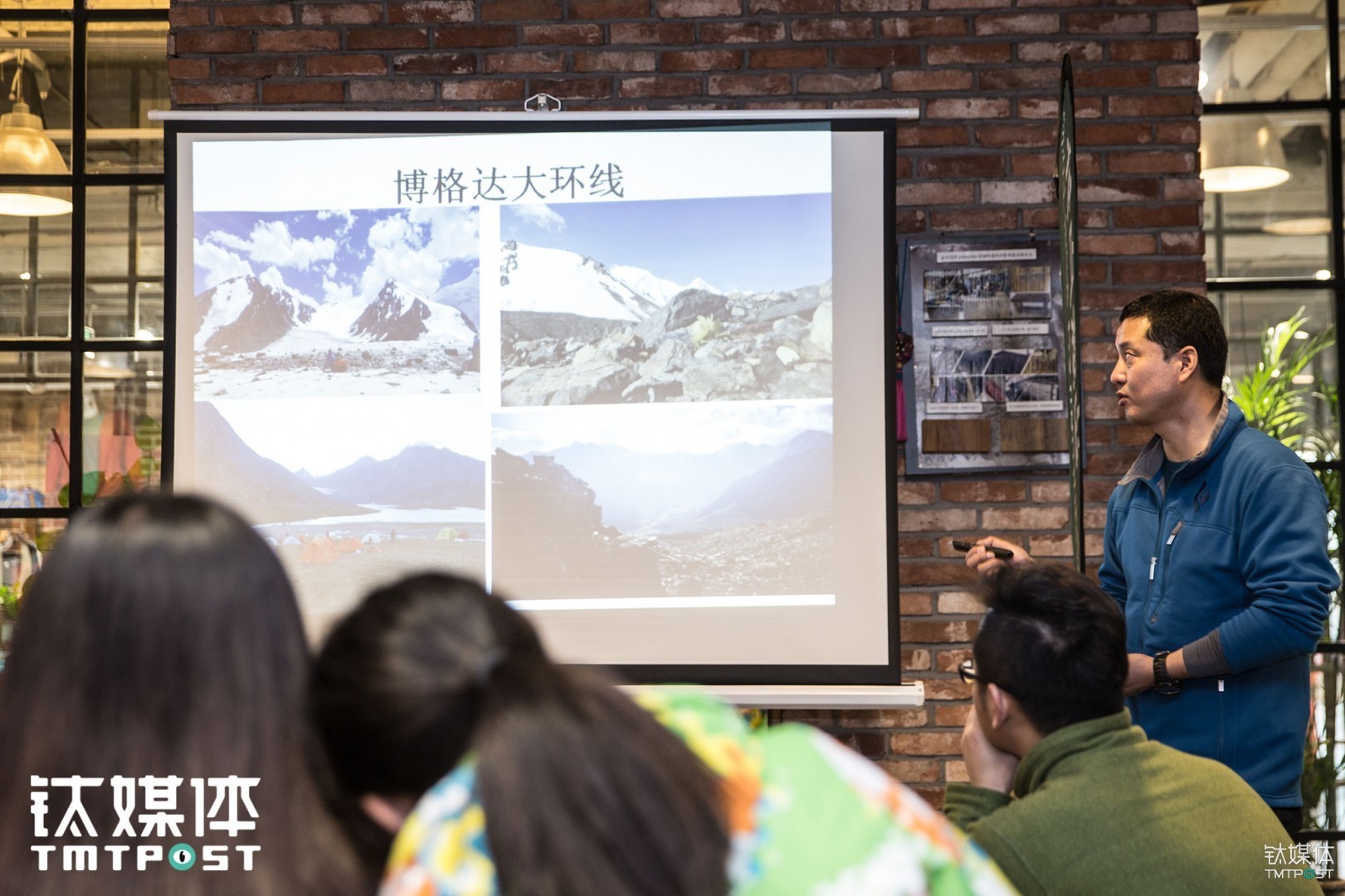
On March 18th, 2017, SPW was introducing Xinjiang's trekking routes to recruit team members for the club at an outdoor sharing party at Sanlitun SOHO, Beijing. He gathered rich outdoor experience after being the team leader for five years. SPW has led his team and gone through various famous routes in Xinjiang region, including Wusun Route, Langta Route, Xiate Route, Huanbo Route, Mengkete Route, Bogeda Route, etc. Among these routes, he was most familiar with the Bogeda Route. Once he stayed in Bogeda region for three months to lead non-stop one outdoor team after another. Based on the weight of the equipment (from heavy-load to light-load), the price of different outdoor experience projects ranged from 2,000 yuan to 8,000 yuan.
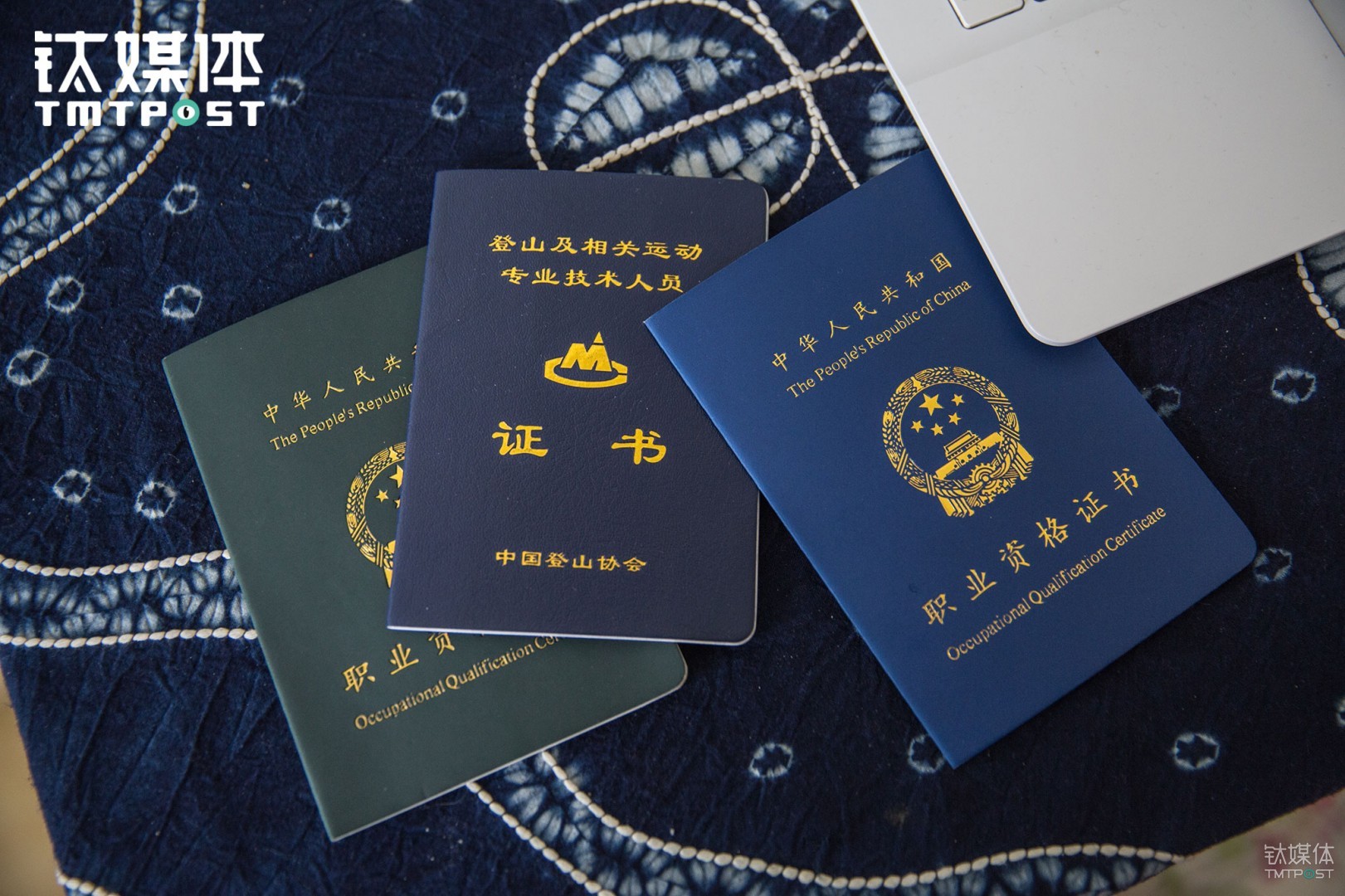
Being involved in the circle for five years, SPW has received various relevant certificates from the China Mountaineering Association, including Outdoor Tutor certificate, Rock Climbing Tutor certificate, Drifting Tutor certificate. He is now an LNT-certified instructor, and has served as a coach at Leadclimb Outdoor Instruction Center. He also served as the vice captain at the Special Training Brigade of Xinjiang Mountaineering Friends Rescue Team and often participated in rescue operations.
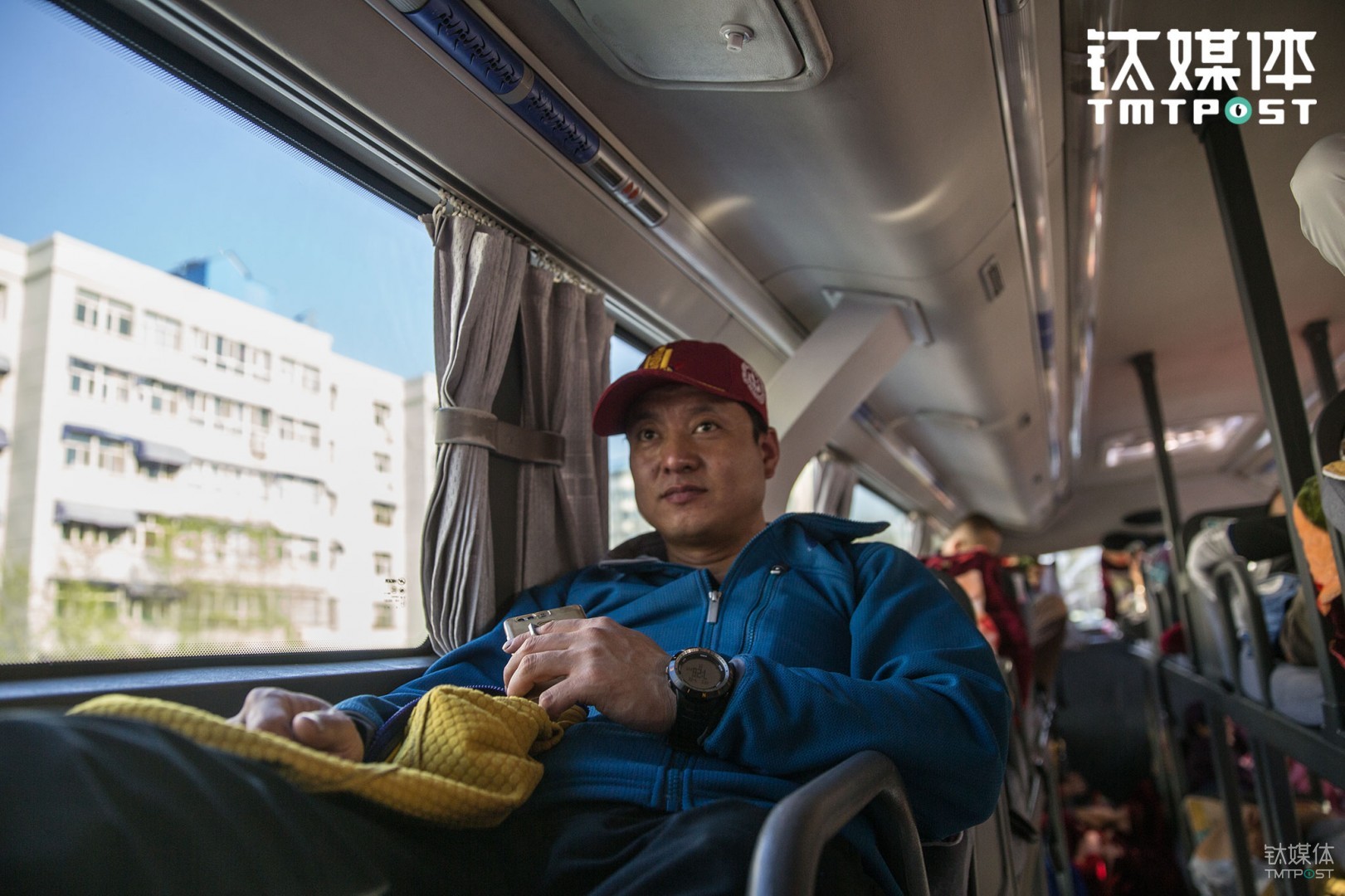
On April 28th, SPW led a small team of 12 members, left Urumqi for Zhaosu and hiked via the Ancient Xiate Route, one of the top mountaineering routes in China. The Xiate Route went through the Heavenly Moutain and linked the North and South Xinjiang together. The full length of the route reaches 120 km, lasting from Zhaosu in North Xinjiang to Aksu in South Xinjiang. Besides, the route includes various landscapes, from grassland, pastures to glaciers and primitive forests. It is said that Hsuan Tsang also went through the Xiate Route when he went on a pilgrimage for Buddhist ures.
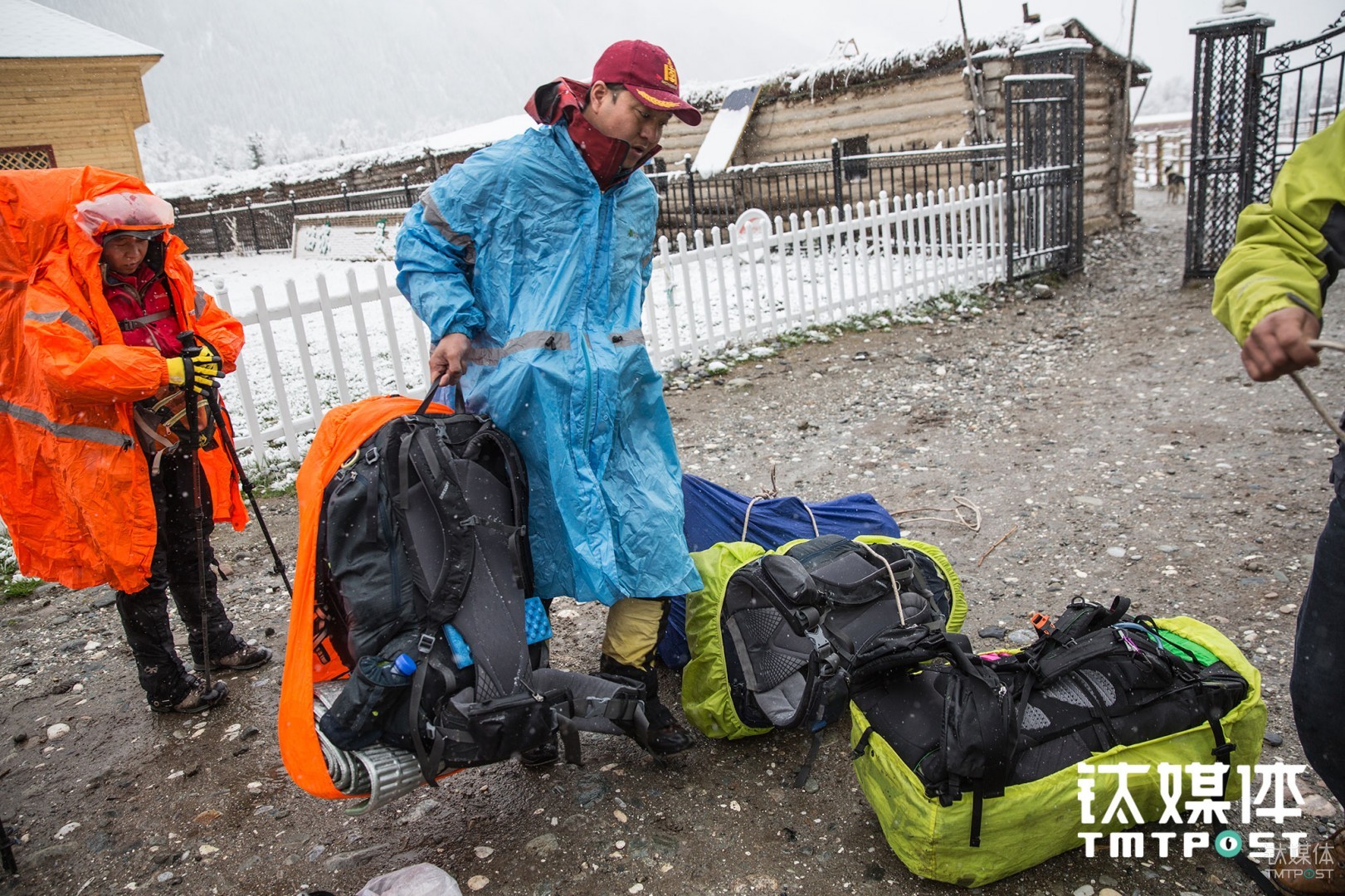
In previous years, they would leave from Aksu regiona, climbed over the Heavenly Moutain in the north and finally arrived at the Xiate Scenic area at ZhaoSu County. However, due to the flood of Muzalt River caused by the glacier meltwater in 2017, all the mounter clubs had no choice but to shift from the original path and instead leave Xiate for Muzalt glaciers. On the morning of April 30th, SPW hired two horses from local herdsmen to carry four mountaineers’ backpacks and send packages to the first-day-camp. Therefore, they had to shift from the heavy-load mountaineering to a light-load one.
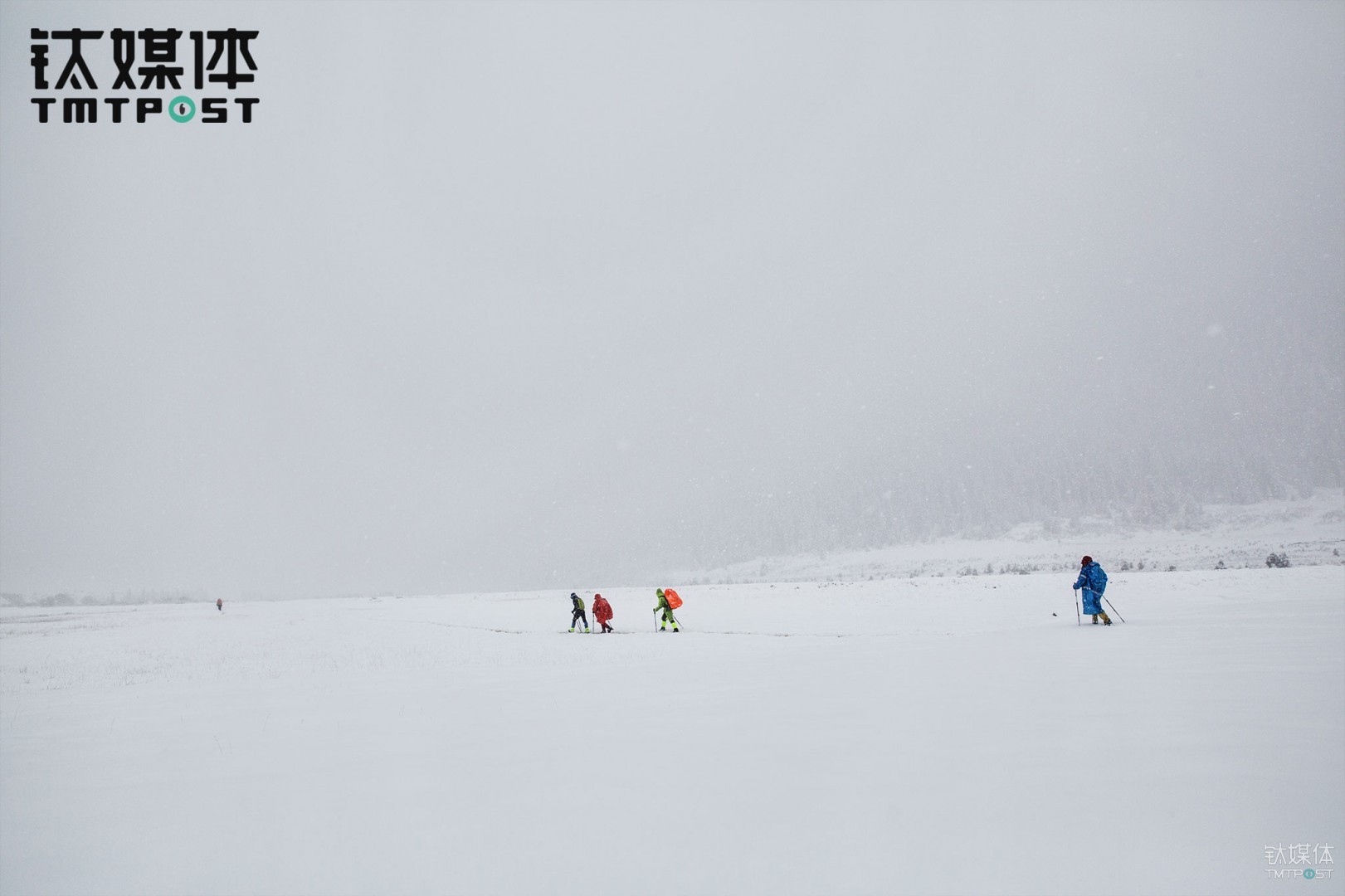
The team were going through the Xiate grassland, which had been covered with snow. In an outdoor trek, "heavy-load" means that mountaineers have to carry all the personal items, including tents, sleeping bags, warm clothes, gas stoves, water, food, etc. A heavy-load backpack often weighs more than 20 kg or even 25 kg; while a "light-load" trek means that there are horses or porters who would carry the necessary supply from one camp to the next, so mountaineers themselves only need to carry the necessary food and water.
